(It is not only possible, but efficient and cheaper)
When we think about adding remotely piloted aircraft (RPAs) to the National Airspace System (NAS) we must find ways to perform the different functions that an onboard pilot performs constantly. In flights under VFR (Visual Flight Rules) the pilot is in charge of seeing and avoiding obstacles and other aircraft.
As drone operations expand into increasingly complex and crowded airspace, the need for reliable collision avoidance systems has become paramount. Ciconia, an Israeli aerospace technology company, has developed a groundbreaking Coordination & Collision Avoidance System (C&CAS) that addresses this challenge with precision and innovation. Designed to enable safe integration of crewed and uncrewed aircraft in dense, low-altitude environments, Ciconia’s system offers a suite of advantages that position it as a critical enabler of next-generation drone operations.
We had the opportunity to talk to Ciconia’s CEO and co-founder Moshe Cohen who shared with us the genesis of his company and some of the technology behind his innovative solution.
“For years I was a military helicopter pilot and the midair collision between two Sikorsky CH53 helicopters in 1997 had a great impact on me and all my colleagues. We, a group of well experienced pilots and engineers decided to create a system that would prevent these types of disasters, especially in the era of uncrewed aircraft sharing the same airspace with crewed aircraft carrying passengers.” Said Moshe reflectively, “We use the same design philosophy behind TCAS (Traffic Collision Avoiding System) but in a more complex and robust manner, by creating a volume around each aircraft and then analyzing certain parameters such as direction of flying, altitude, vertical speed and direction and many others to determine the possibility of a collision.”
One of the most significant advantages of Ciconia’s detect and avoid system is its near-zero false positive alarm rate. Traditional collision avoidance technologies often suffer from excessive false alarms, which can erode operator trust and lead to unnecessary evasive maneuvers. Ciconia’s system, however, is engineered to identify only the most critical risk scenarios, generating real-time, precise steering commands that are both actionable and reliable. This level of accuracy is essential in environments where drones and helicopters may operate in close proximity, such as urban air mobility corridors or emergency response zones.
“We wanted to eliminate the recurring and obnoxious issue of false alarms, which not only created distractions, but has a tendency to get pilots into a sense of ignoring the alarms with devastating consequences.” Said Moshe firmly, “The system is designed particularly for areas with dense operations, where a map of the sky and all aircraft in it is created by the software allowing the algorithms to accurate predict possible collisions and alert appropriately the involved aircraft.”
Another key benefit lies in the system’s ability to support mixed-traffic airspace, where manned and unmanned aircraft coexist. Ciconia’s C&CAS facilitates this by ensuring that all participating vehicles transmit their location and identification data, enabling dynamic
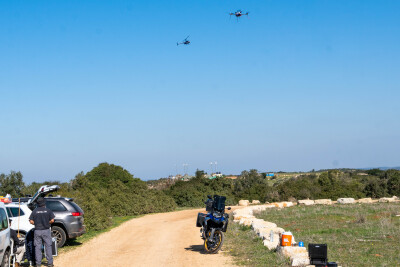
deconfliction without the need for large safety buffers. This capability not only enhances safety but also optimizes airspace utilization, allowing more efficient routing and higher operational density—an essential feature for scaling drone delivery networks and urban air mobility services.
The C&CAS prevents midair collisions with other C&CAS aircraft, with aircraft that transmits ADS-b-out signal and with RID (Remote ID) transmitting drones. Unlike sensors-based collision avoidance systems, the C&CAS provides spherical protection, its rate of detection is near 100% and it is low SWAP² (Size, Weight And Power and Price). Thus, the C&CAS fits small drones and large aircraft.
“Our system will play a key role in emergency response and public safety operations. In scenarios such as firefighting or disaster relief, drones and helicopters often need to operate simultaneously in the same airspace.” Moshe said excitedly, “Traditionally, this has required grounding one platform to ensure safety. With C&CAS, both platforms can remain airborne, coordinating in real time to avoid collisions while maximizing mission effectiveness. This has profound implications for time-sensitive operations where every second counts, as demonstrated in a real flight demo in December 2024 at the Texas Public Safety Drone Expo.”
Importantly, Ciconia’s detect and avoid system is designed to complement, not replace, existing Uncrewed Traffic Management (UTM) systems. While UTM provides strategic deconfliction and airspace planning, C&CAS offers a tactical layer of safety, capable of responding to dynamic threats in real time. This layered approach enhances overall system resilience and ensures that drones can operate safely even in the event of UTM disruptions or unexpected intrusions.
Ciconia’s detect and avoid system represents a transformative advancement in drone safety. By combining precision, reliability, and interoperability, it paves the way for safer skies and more scalable drone operations across industries.

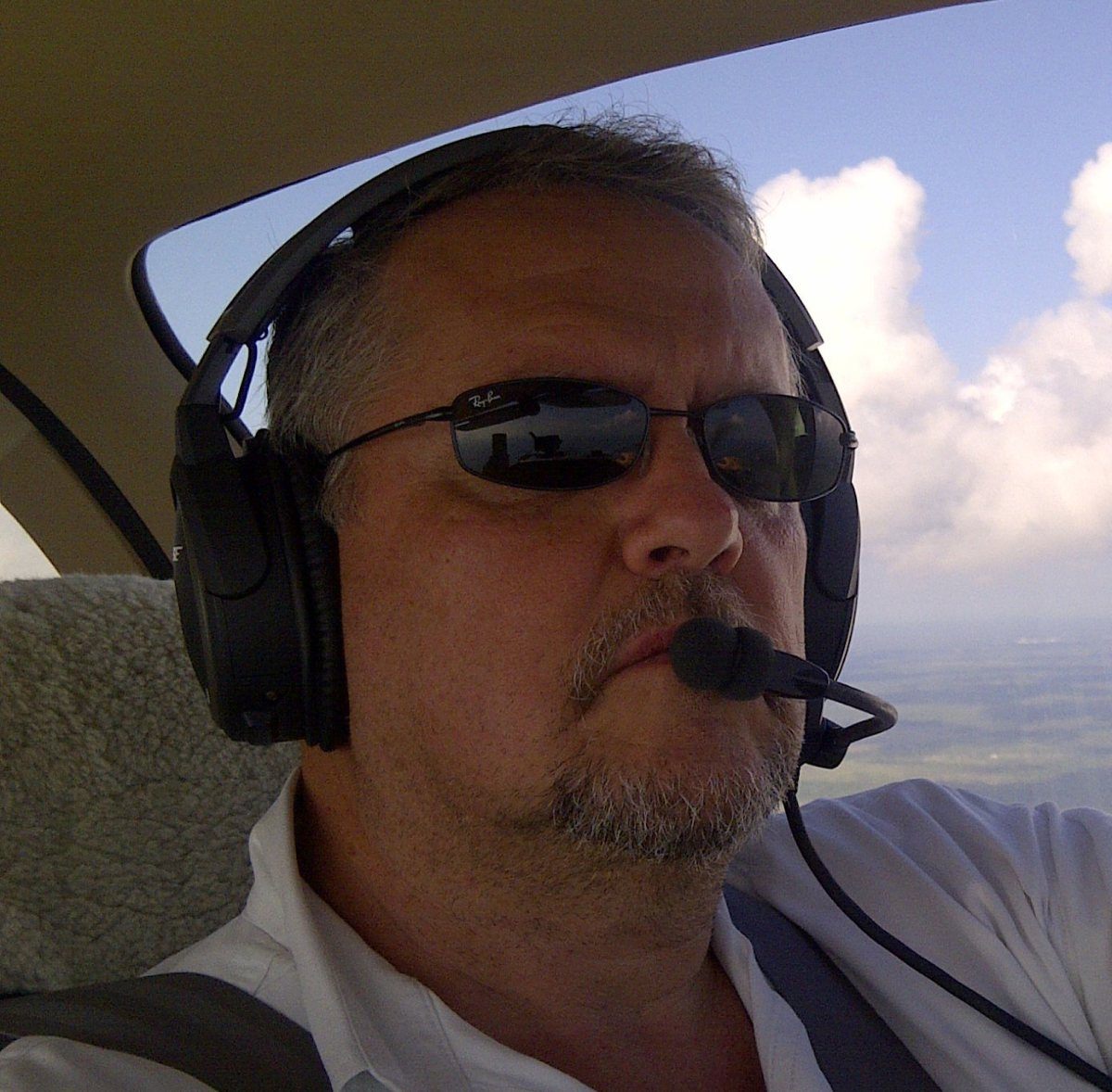
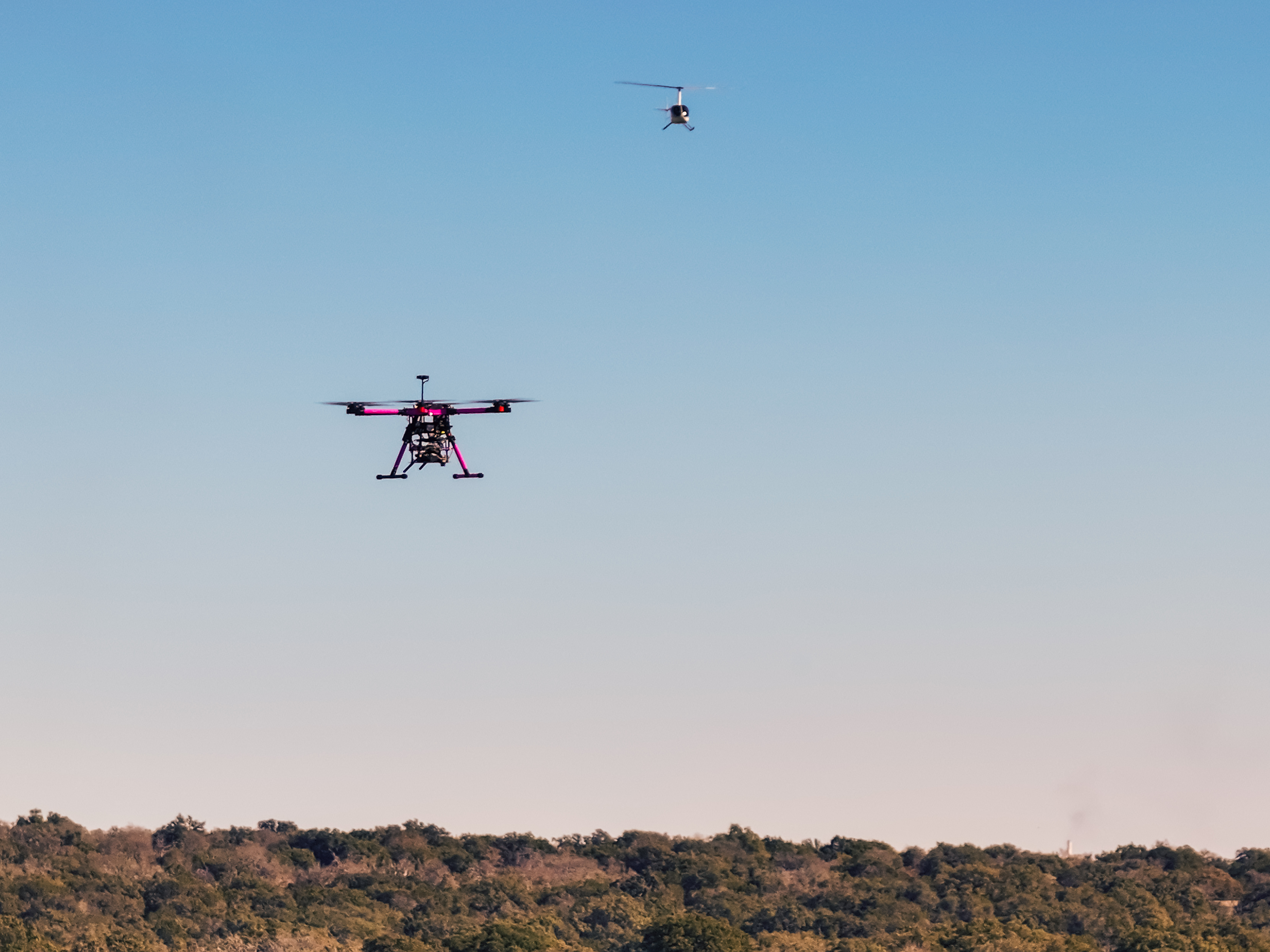

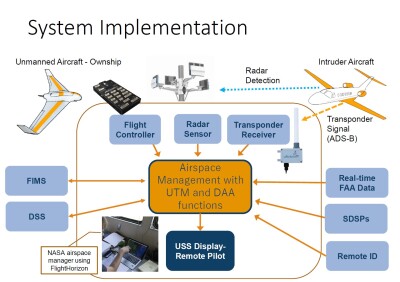
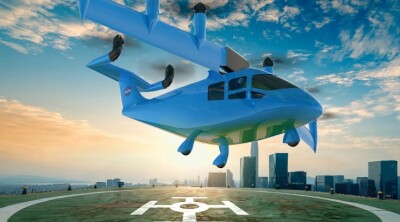
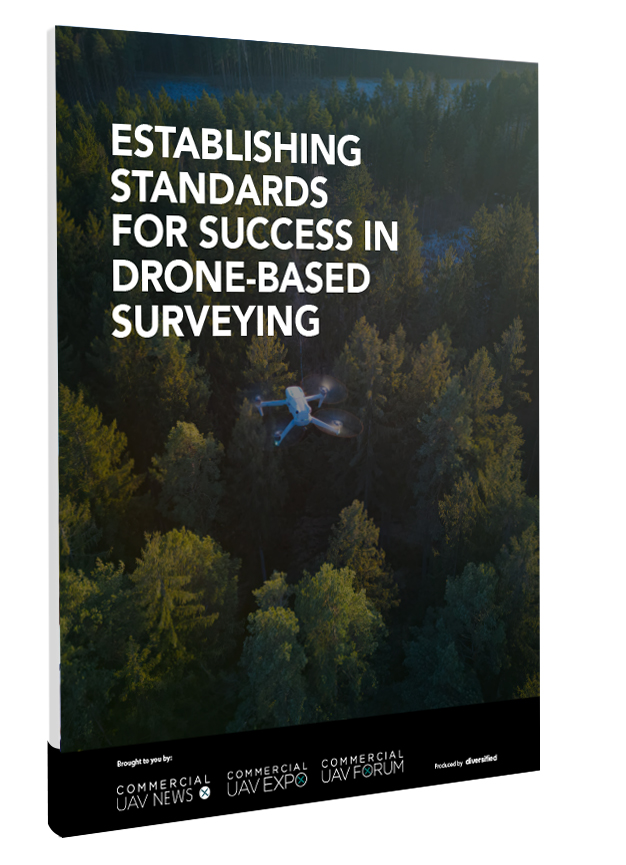






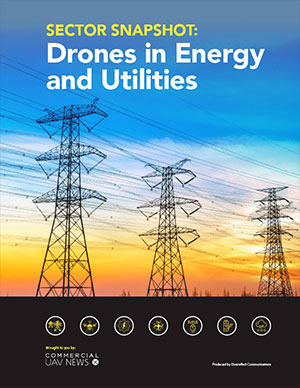

Comments